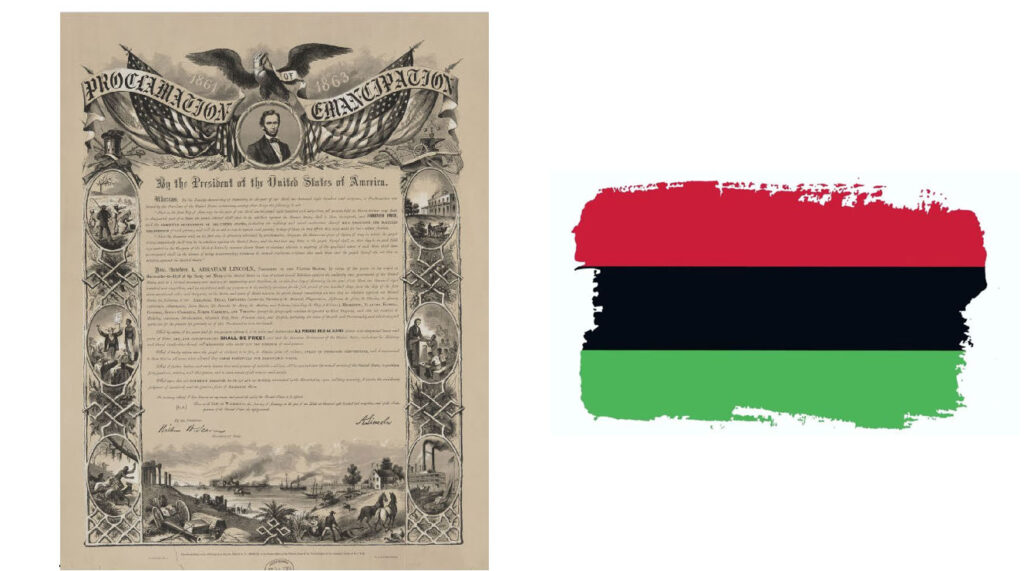
The Emancipation Proclamation didn’t end American slavery, nor was it ever intended to do so. Northern states where slavery was legal, such as Missouri and Delaware, were not required to end the practice, nor were free Black Northerners granted the rights of American citizenship.
In the South the proclamation was intended as both reward and punishment: if a seceded state chose to return to the Union before January 1, it would not have to make slavery illegal; if it refused to return before that date, then on that date its enslaved people would be declared free. However, Confederate citizens no longer recognized Lincoln’s authority as president, deferring instead to Confederate President Jefferson Davis. Southern slaveholders, therefore, felt no obligation to follow Lincoln’s orders. The enslaved people in the South who were liberated by the Emancipation Proclamation became free by force— either by self-liberation or by intervention from Union forces.
The proclamation’s limitations became especially clear on June 19, 1865-the day that enslaved people in Texas learned of it for the first time, about two and a half years after it was issued. By then the Civil War had practically ended, all Confederate forces having surrendered by late spring or early summer. A few months later the states that had rebelled would have to adhere to the Thirteenth Amendment, which abolished slavery everywhere in the United States, to be reintegrated into the Union.
On June 19, 1865, Major General Gordon Granger arrived in Galveston, Texas, with some 2,000 Union troops and the message that slavery would no longer be tolerated in the state.
Since 1866 that day’s anniversary has been named Juneteenth and celebrated as the symbolic end of American slavery.

The day is also celebrated outside the United States, being used by organizations in several countries to recognize the end of slavery and to honor the culture and achievements of African Americans. One such group is the Mascogos who are descended from slaves who escaped from plantations in the American South during the 17th and 18th centuries (Notably in July 1850) They fled first to Florida, which was then owned by the Spanish, which generally allowed escaped slaves to live as free men and women. Some lived alongside members of the Seminole tribe and eventually became known as Black Seminoles — or, in Spanish, Mascogos.
Juneteenth became a state holiday in Texas in 1980, and several other states subsequently followed suit.
The original Juneteenth flag was designed in 1997 by activist and founder of the National Juneteenth Celebration Foundation, Ben Haith, The flag has a blue and red stripe, a white star in the middle, an outline, and an arc that extends across the width of the flag. In 2000, the flag was revised with red, black, and green colors. In 2021 Joe Biden made it a National Holiday.
